#57: Character Dialogue as Persuasion
Characters speak because they want to create change—and speech is one of the only ways to change other people.
In lesson 55, we discussed when characters use dialogue as manipulation. Manipulation is the unhealthy cousin of a much more useful, overarching principle: persuasion.
Persuasion is when a speaker creates change in an audience—whether an individual or a group—by considering what matters to that audience. Persuasion requires using what matters to the audience to show how a change in thought or behavior would be beneficial.
Over two thousand years ago, Aristotle analyzed different elements of effective persuasion. In a given situation, he wrote that one must find “the available means of persuasion.”
Some characters knowingly draw on the available means of persuasion, consciously considering what would be effective for an audience. Other characters do so unknowingly or intuitively. Some characters are good judges of what would be persuasive for a given audience; other characters are poor judges of their audience.
Regardless of whether a character uses persuasion consciously or unconsciously, effectively or ineffectively, they are drawing upon what Aristotle categorized as the three major appeals we use in persuasion: ethos, pathos, and logos.
Ethos: appeals to the authority of the speaker, or to others who the listener would find authoritative.
Pathos: appeals to emotion.
Logos: appeals to logic and reason.
In the novel Persuasion, Lady Russell draws upon ethos, pathos, and logos as she attempts to persuade Anne to consider Mr. Elliot as a possible marriage partner. She says:
“I only mean that if Mr. Elliot should some time hence pay his addresses to you, and if you should be disposed to accept him, I think there would be every possibility of your being happy together. A most suitable connection every body must consider it—but I think it might be a very happy one.”
Here, she draws upon pathos—appealing to emotion as she encourages Anne to consider her future happiness. She also draws upon ethos—everyone, including herself, would consider this a “most suitable connection.” It was Lady Russell who had originally encouraged Anne to break off her engagement with Captain Wentworth, and Lady Russell knows that she is an authority figure in Anne’s life, someone whose opinion and blessing matters to Anne.
Yet Anne is not convinced. She replies:
Mr. Elliot is an exceedingly agreeable man, and in many respects I think highly of him,” said Anne; “but we should not suit.”
Lady Russell is not persuasive because she assumes that Anne and Mr. Elliot are well suited, but Anne does not feel the same. In other words, they do not share an implicit assumption.
Implicit assumptions are the underlying assumptions that undergird an argument and its appeals. These are things which must be accepted as true in order for the argument to work. Often, implicit assumptions tap into the way a character views the world, their philosophy towards life and people, and what matters to them. In order for an argument to be successful, the speaker and the listener must share at least one implicit assumption.
Lady Russell sees that her argument in not working, so she shifts her approach. Instead of making an argument about Mr. Elliot, which would be harder for her to win, she makes an argument which taps into Anne’s priorities for herself. She uses an implicit assumption that both she and Anne share: that Anne wants to be like her mother.
“I own that to be able to regard you as the future mistress of Kellynch, the future Lady Elliot—to look forward and see you occupying your dear mother’s place, succeeding to all her rights, and all her popularity, as well as to all her virtues, would be the highest possible gratification to me.—You are your mother’s self in countenance and disposition; and if I might be allowed to fancy you as she was, in situation, and name, and home, presiding and blessing in the same spot, and only superior to her in being more highly valued! My dearest Anne, it would give me more delight than is often felt at my time of life!”
Here, we have logos—logic and reasoning: Anne can have her lifelong home back if she marries Mr. Elliot. We have pathos—emotion—as memories of Anne’s mother are conjured. We have ethos—appeal to authority—as Lady Russell talks about the joy that this sort of decision would bring her. And because the implicit assumption underneath these appeals is shared, it’s quite an effective argument:
Anne was obliged to turn away, to rise, to walk to a distant table, and, leaning there to pretend employment, try to subdue the feelings this picture excited. For a few moments her imagination and her heart were bewitched. The idea of becoming what her mother had been; of having the precious name of “Lady Elliot” first revived in herself; of being restored to Kellynch, calling it her home again, her home for ever, was a charm which she could not immediately resist. Lady Russell said not another word, willing to leave the matter to its own operation.
Many characters are not nearly as persuasive as Lady Russell—in the next lesson, I’ll discuss how Mr. Collins ineffectively appeals to ethos, pathos, and logos when he proposes to Elizabeth. Yet whether or not these tools of persuasion are used effectively, they are an integral part of the way in which characters speak.
Exercise 1: Using Ethos, Pathos, and Logos in Your Life
The next time you need to persuade someone of something, big or small, consciously use either ethos, pathos, or logos, or a combination of these appeals. Consider which appeals will be most effective for the situation and the person to whom you are speaking. Afterwards, reflect. Was the appeal effective? Was this a departure from how you would have normally approached the conversation? Would another appeal or approach to the conversation have been more effective?
Exercise 2: Persuasive Scene
Write a short scene between two characters, in which one character is attempting to persuade the other. Make the initial persuasion be ineffective, and then have the character use appeals and an implicit assumption that are more effective.
Exercise 3: Analysis
Analyze scenes of dialogue which you have written in which one character is attempting to persuade another characters or a group of characters. Which appeals does the character use? (Ethos, pathos, logos.) What do the appeals used say about the character attempting to persuade? Does the speaker share an implicit assumption with their audience?

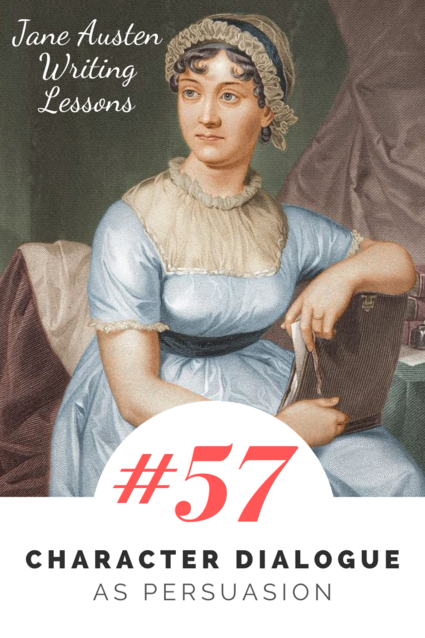
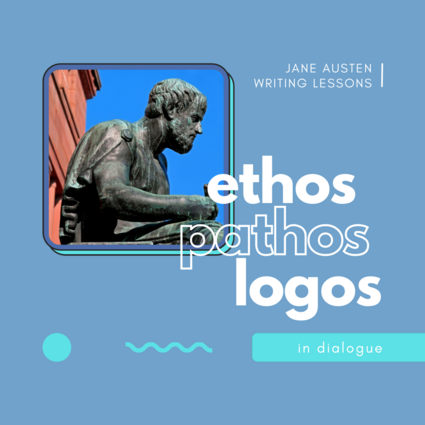
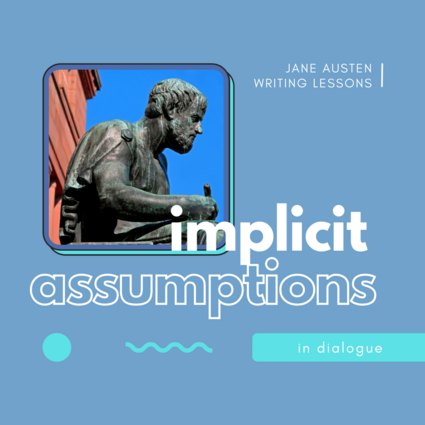

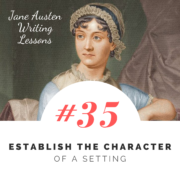
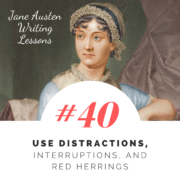
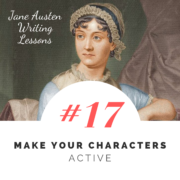
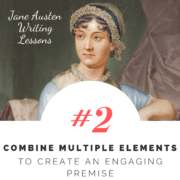
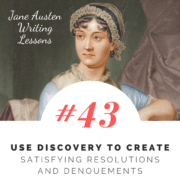
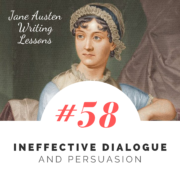


Leave a Reply
Want to join the discussion?Feel free to contribute!